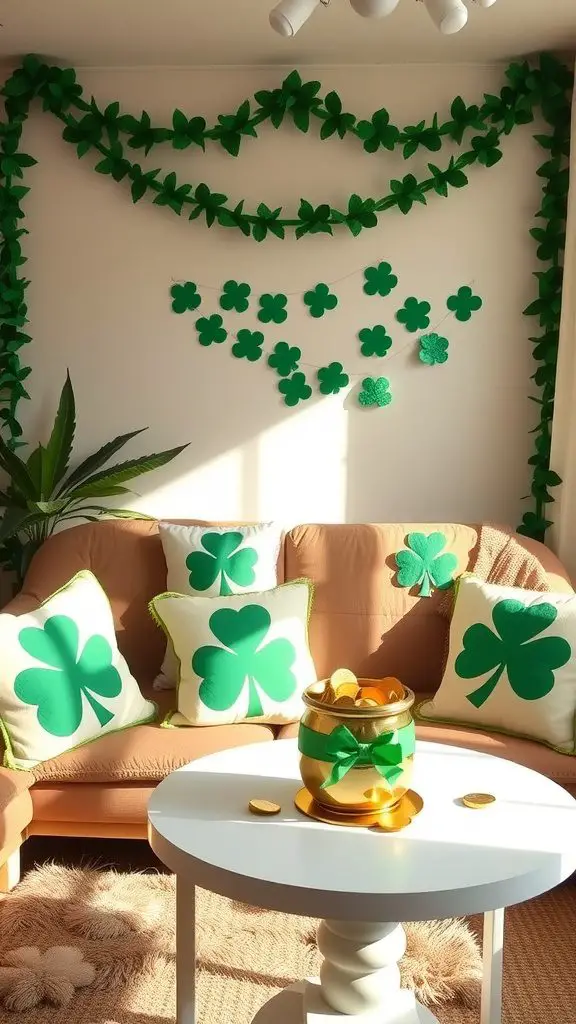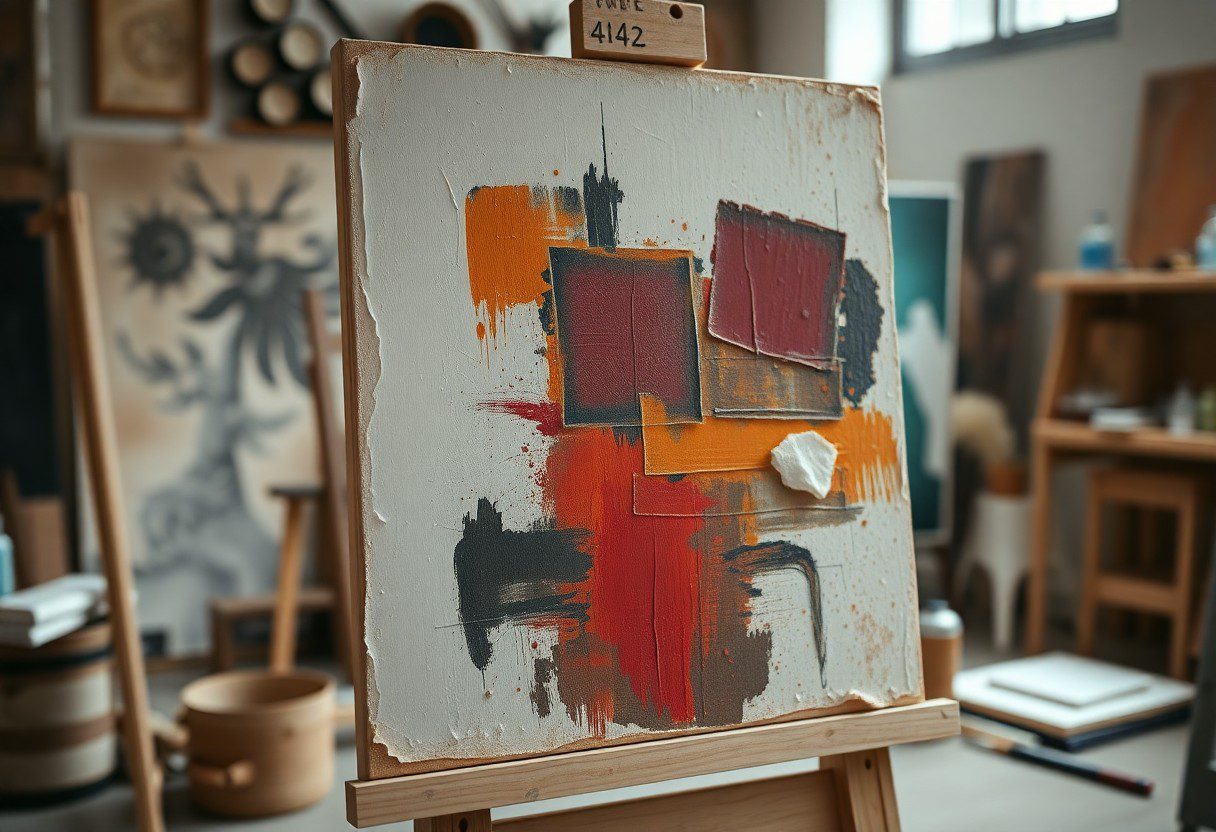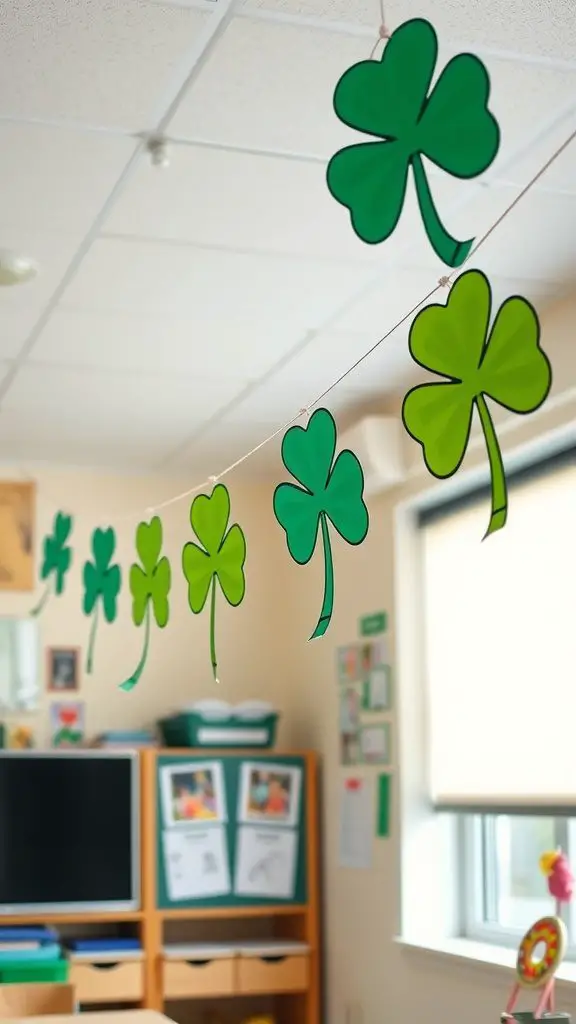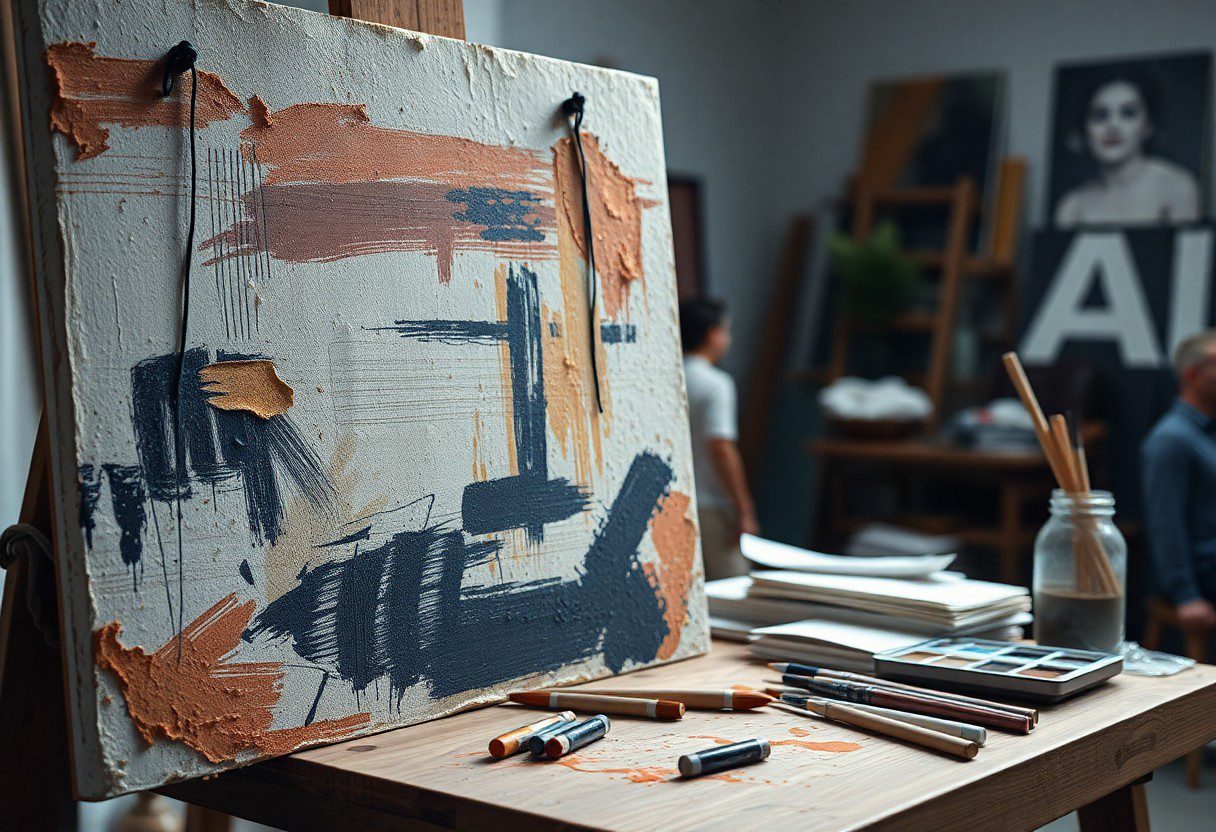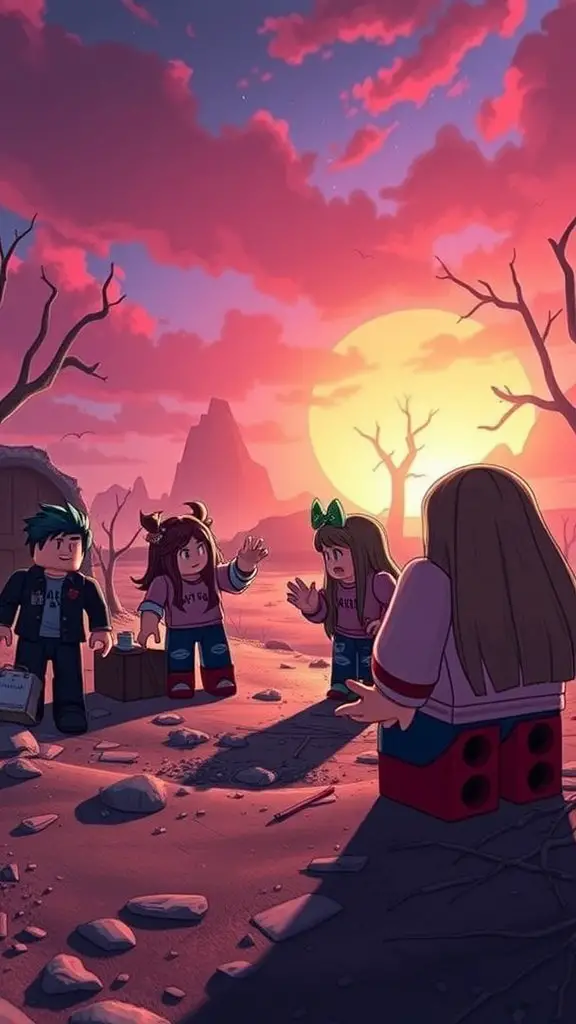Most artists seek to enhance their work by incorporating texture, a vital element that adds depth and dimension to your creations. Understanding how to manipulate various materials and techniques can transform an ordinary piece into something extraordinary. In this post, you will explore various methods to achieve rich, tactile surfaces, infusing your art with visual interest. Whether you’re a beginner or looking to refine your skills, mastering texture is imperative for creating visually stunning artworks that captivate and engage your audience.
Understanding Texture in Art
For artists, texture plays a vital role in creating engaging and evocative works. It adds depth and complexity to your pieces, inviting viewers to explore their surfaces and stimulating their senses. By incorporating various textures, you can evoke emotions and create a more immersive experience for your audience, leading to a deeper connection with your artwork.
Definition and Importance
By defining texture as the surface quality of a work, whether it be visual or tactile, you gain insight into its transformative power. Texture can enhance your art by adding depth, interest, and character, making your pieces more captivating and relatable.
Types of Texture
An understanding of the different types of texture can elevate your artistic practice. Here is a breakdown of the various types:
| Visual Texture | The illusion of texture created through artistic techniques. |
| Tactile Texture | Physical surface qualities that can be felt by touch. |
| Actual Texture | The real texture of materials used in the artwork. |
| Implied Texture | An illusion of texture that appears real but is painted on a flat surface. |
| Patterned Texture | Repeating motifs that create visual texture. |
Assume that mastering these types of texture can significantly enhance your artistic skill set, making your work stand out.
For instance, understanding how to manipulate texture allows you to express various emotions and themes in your art. Different techniques can create diversely perceived textures that influence the overall mood of your work:
| Impressionistic Texture | Utilizing brush strokes to create a sense of movement. |
| Collage Texture | Incorporating mixed media to add depth. |
| Glazing Technique | Applying thin layers of color for rich texture. |
| Modeling Paste | Using materials to create a three-dimensional finish. |
| Textured Brushes | Using specialized tools to achieve unique surfaces. |
- Explore your impressionistic brushwork.
- Experiment with collage techniques.
- Incorporate glazing techniques for depth.
- Apply modeling paste for dimension.
- Utilize textured brushes to enhance your surfaces.
Assume that by experimenting and understanding these techniques, you cultivate a signature style that reflects your unique artistic vision.
Tools and Materials for Texturing
While initiateing on your texturing journey, having the right tools and materials at your disposal can significantly enhance your artistic expression. Selecting the appropriate items tailored to your preferred techniques will empower you to create depth and dimension in your artwork. From various brushes to unique texturing mediums, each tool serves a specific purpose, enabling you to elevate your pieces with intricate details.
Brushes and Painting Tools
To achieve the desired texture in your artwork, utilizing a variety of brushes and painting tools is vital. Experimenting with different shapes and sizes, such as palette knives, sponges, and bristle brushes, allows you to create unique patterns and effects. Each tool offers distinct characteristics, enabling you to manipulate your medium fully and express your creativity.
Texturing Mediums
Beside brushes, the choice of texturing mediums plays a pivotal role in your artwork. These materials, such as modeling paste, gel mediums, or sand, can add richness and depth to your pieces, transforming flat surfaces into dynamic visual experiences.
Painting with texturing mediums allows you to enhance your artwork by adding layers and dimension. You can choose from a variety of mediums like modeling paste for a three-dimensional effect or gel mediums to alter gloss and transparency. Incorporating these texturing mediums can create both subtle and dramatic elements that bring your ideas to life. When working with such materials, ensure you follow safety guidelines to protect your health and create in a well-ventilated space—your safety and artistic expression matter immensely.
Techniques for Creating Depth
Some artists often struggle with achieving a sense of depth in their work. Understanding and applying various techniques can elevate your art, allowing the viewer to experience a three-dimensional quality on a two-dimensional canvas. By exploring these methods, you can add richness to your compositions, enhancing both visual interest and emotional impact.
Layering and Glazing
About layering and glazing involves building up translucent layers of paint to create visual complexity. Utilize a range of colors, ensuring each layer is thoroughly dried before applying the next. This technique allows you to achieve luminous effects, as light refracts through the layers, adding depth and dimension to your artwork.
Impasto Methods
Depth in your paintings can be achieved through impasto methods, where thick applications of paint create texture and dimension. This technique not only enhances the visual appeal of your artwork but allows for an engaging interaction with light, creating dynamic highlights and shadows. When applying impasto, you can sculpt the paint using a palette knife or your brushes, emphasizing areas of focus in your composition.
To master impasto methods, start with the right materials: use high-viscosity paints that hold their shape upon application. Apply thick layers to achieve pronounced texture, allowing your brush or knife to dictate the flow and structure. Feel free to play with the contrast between impasto areas and flat washes, guiding the viewer’s eye while engaging them with tactile qualities. Don’t hesitate to experiment; layering different colors can yield unexpected results and heighten the visual depth of your artwork.
Exploring Different Mediums
Now that you understand the significance of texture in your artwork, it’s time to look into the diverse mediums available to create depth and dimension. Each medium offers unique properties that can complement your artistic style, whether you’re looking for a bold finish or subtle nuances in your work. By experimenting with these mediums, you can discover which allows you to express your creativity most effectively.
Acrylics
Against the backdrop of countless options, acrylic paints stand out for their versatility and quick drying times. You can build texture easily by layering or applying mediums that alter consistency, allowing you to achieve an array of effects from smooth washes to thick impastos.
Oil Paints
Between the myriad choices, oil paints offer a distinct advantage with their rich pigmentation and extended drying time, which allows for intricate blending and layering. This characteristic can be particularly beneficial when creating texture, as you can work wet-on-wet or build up thick layers over time.
It is necessary to note that while oil paints provide excellent depth and vibrancy, they require careful handling due to the presence of toxic solvents. Always work in a well-ventilated area and use appropriate protective gear. Furthermore, oil paints can take time to dry, enabling you to manipulate textures more effectively but also necessitating patience in your artistic process. Their ability to produce intricate textures and nuanced contrasts makes them a favored medium among many artists.
Texturing in Mixed Media
Unlike traditional painting, mixed media offers you the freedom to blend various materials and techniques, allowing for limitless textural possibilities. This approach encourages experimentation, enabling you to combine paint, paper, fabric, and found objects. Dive into your creative instincts and let the textures guide your artistic expression, resulting in captivating pieces that provoke a sense of depth and engagement.
Incorporating Natural Materials
On your artistic journey, consider using natural materials such as leaves, sand, or bark to enhance your work. These elements not only bring an earthy aesthetic but also introduce unique textures that can evoke emotions and memories. The incorporation of organic components allows you to create pieces that resonate with nature, fostering a deeper connection between your art and the environment.
Digital Techniques
Below the surface of traditional methods, digital techniques can revolutionize your texturing approach. Using graphic design software, you can manipulate images, add layers, and create intricate textures that mimic physical materials. This flexibility empowers you to explore unlimited possibilities, allowing you to refine and experiment with your art in ways that might not be achievable by hand.
Indeed, digital techniques offer a multitude of options for enhancing your artwork. By utilizing tools such as Photoshop or Procreate, you can create realistic textural effects, experiment with layering, and even incorporate photographic elements directly into your designs. The ability to easily undo mistakes and adjust textures enhances your creative process and encourages bold experimentation. Embracing these digital methods can complement your mixed media practice, enabling you to achieve a stunning visual impact that captivates your audience.
Case Studies in Texture
Once again, we can explore into the transformative power of texture through various case studies that demonstrate how different artists have utilized this element to create depth and dimension in their work. Here are some notable examples:
- 1. Vincent van Gogh – *Starry Night*: Use of thick impasto technique to enhance emotional intensity.
- 2. Georgia O’Keeffe – *Black Iris*: Layering of paint to create a velvety appearance in floral subjects.
- 3. Anselm Kiefer – *The High Priestess*: Incorporation of mixed media for a rugged, tactile surface.
- 4. Claes Oldenburg – *Soft Toilet*: Playful manipulation of everyday objects to explore texture.
- 5. Jackson Pollock – *No. 5, 1948*: Dripping technique contributing to chaotic yet dynamic texture.
Analysis of Famous Works
Beside the case studies, it is crucial to analyze famous works to fully appreciate how texture plays a pivotal role in conveying messages and emotions. Consider how the rough brushstrokes in van Gogh’s paintings illustrate movement and emotion, or how O’Keeffe’s smooth, flowing lines evoke a sense of serenity and beauty.
Artist Interviews on Texture
Behind every textured masterpiece lies an artist’s insight and perspective. Engaging with artists directly allows you to gain expert knowledge and unique viewpoints about the importance of texture in their work. Their interpretations can deepen your understanding and appreciation of the technique.
Interviews with artists reveal their personal journeys and creative processes involving texture. You may discover that many artists perceive texture as an integral means of expression and storytelling within their art. Some artists express the significance of experimenting with materials, highlighting that texture can evoke powerful emotions and responses from the viewer. Understanding their experiences can enhance your own practice and inspire you to explore new techniques in your art-making journey.
To wrap up
As a reminder, mastering texture is vital for adding depth and dimension to your artwork. By incorporating various techniques such as layering, shading, and contrasting materials, you can enhance the visual impact of your pieces. Explore different methods, practice consistently, and be open to experimentation to discover your unique style. Ultimately, these skills will elevate your work, making it more engaging and dynamic for your audience.
FAQ
Q: What is “Mastering Texture – Art Techniques For Depth And Dimension”?
A: “Mastering Texture – Art Techniques For Depth And Dimension” is an instructional guide designed for artists seeking to enhance their skills in creating realistic textures in their artwork. The book covers various techniques to add depth and dimension, helping artists convey a more immersive experience through their work.
Q: What types of materials and tools do I need to implement the techniques from the book?
A: The book discusses a range of materials and tools including but not limited to acrylics, oils, pastels, charcoal, and textured mediums. It also highlights various brushes, palette knives, and other implements that can help create different textures and effects. The techniques can often be adapted to what you already have on hand, allowing flexibility in exploring new concepts.
Q: Are the techniques suitable for all skill levels?
A: Yes, “Mastering Texture” is designed for artists at all levels. Beginners can benefit from the step-by-step instructions and foundational techniques, while more experienced artists can explore advanced methods and experiments to further their artistic practice. The book aims to build confidence in texture creation for everyone.
Q: Will this book help me improve my digital art skills as well?
A: While “Mastering Texture” primarily focuses on traditional art techniques, many of the principles discussed can be applied to digital art as well. Understanding texture creation and how to achieve depth in traditional media can enhance your digital work, as the same concepts of layering and shading can translate into digital painting software.
Q: How can I integrate the techniques learned from the book into my current projects?
A: To integrate the techniques, start by selecting a few specific methods that resonate with your style and your current projects. Experiment with these techniques on smaller canvases or in practice sketches before applying them to major works. By gradually incorporating texture into your artwork, you can enhance the visual depth and interest of your pieces over time.
